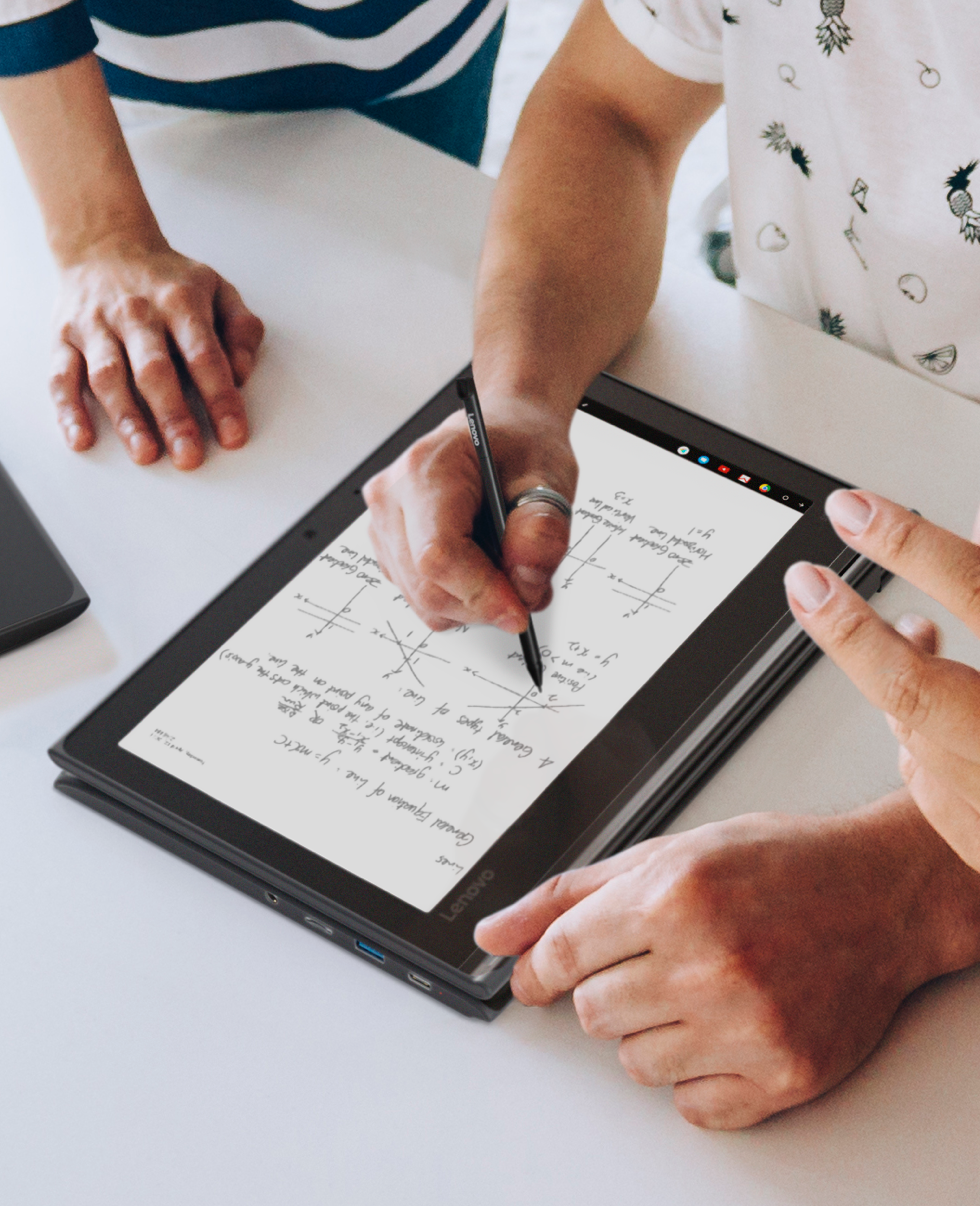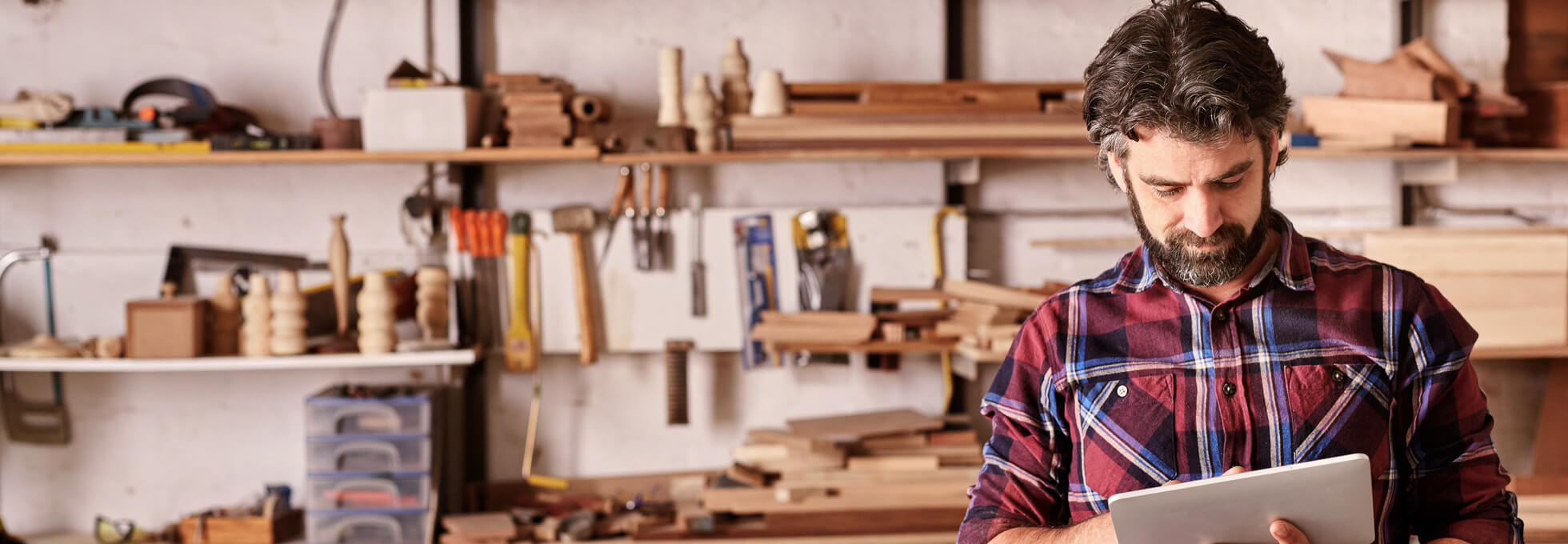Article | Mobility
Portable, mini desktops – what is the point?
Often belittled for being too small, not powerful enough and just not ‘serious’ enough, mini desktops have started to attract a wider audience, and generate much better press. Here’s why.
No space. The final frontier.
Mini desktops have developed enormously over the last few years. In increasing cluttered work areas, anything that doesn’t take up much room but gets the job done, is seen as a bonus. Mini desktops can often be mounted to the back of a monitor – essentially taking up no space at all.
Size matters.
Being so small allows the user to take their mini desktop with them from work to home – ideal for mobile workers and contractors, etc. They also mean that for users like writers, accountants, receptionists and shop workers, for example, there’s no need for massive tower computers to take up valuable work real estate.
Great for your bottom line.
Coming in at fraction of the cost of a tower, the mini desktop also comes up trumps when things go wrong. Being tougher and more durable than their larger counterparts, they’ll usually last a good few years before needing repairs or replacement. And when they do, they still only cost a fraction of the cost of a tower. For larger organisations with workers not needing heavy-duty, specialist machines, this is great news.
Green is good.
Cutting your carbon footprint is a top priority. Mini desktops consume less power, rarely overheat and require less maintenance than their larger, more complex counterparts. Which is a win-win for everyone.
But do they have the power I need?
Yes. Lenovo’s ThinkCentre M90N-1 NANO is powered by Windows 10 Pro and can be easily deployed in any work environment. It can handle anything you throw at it – thanks to its responsive, powerful Intel® core – so you can access applications quickly, switch between multiple applications seamlessly and enjoy large storage capacity options.
Find out more >


